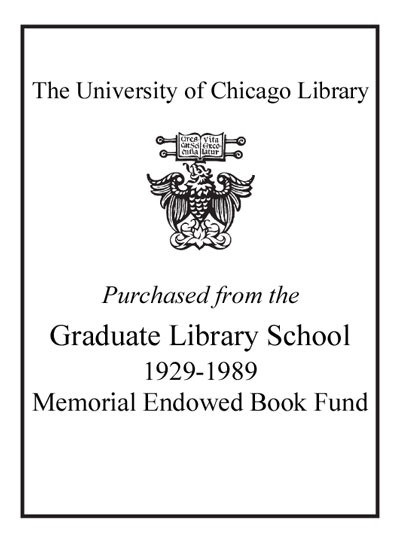Review by Choice Review
The Making of the Indo-Islamic World seeks to offer a new understanding of India and the Indo-Islamic world by taking the perspective of world history and geography. Wink (emer., Univ. of Wisconsin, Madison) notes that the long-term history of the Indo-Islamic world is best understood by examining the relationship between the sedentary peasant societies of the center (the Indian river plains) and the two frontier peripheries consisting of the arid zone to the west (Saharasia) and the maritime frontier to the east (Indian Ocean). The bulk of the book delves into the working of the center and the Mughal State, with which the author is most familiar. The frontiers and geography receive sparse coverage. In the Indian context, Wink acknowledges that Mughal and Islamic influences were unstable and thinly spread in a largely unconverted land. Similarly, in the Indian Ocean frontier, Islamic influence was confined to political power, law, and religion; the hinterlands were left untouched. This is a sweeping study that synthesizes much of the author's prior works, which makes it accessible to a general audience and specialized scholars alike. Summing Up: Recommended. Lower-division undergraduates through faculty. --Pradeep P Barua, University of Nebraska at Kearney
Copyright American Library Association, used with permission.
Review by Choice Review

